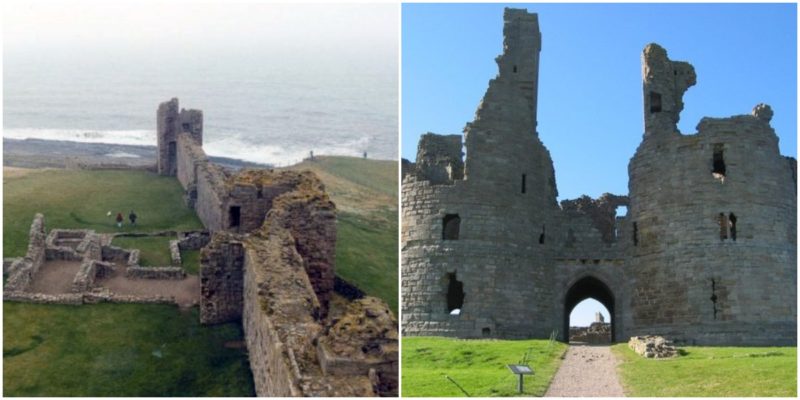The Northumberland coastline in northern England is dominated by the fantastic ruin of Dunstanburgh Castle. The iconic castle was constructed in grandiose proportions at the top of the cliffs of a remote headland.
The remains are perfectly fused with the isolated and breathtaking surroundings, where a huge variety of wildlife can be seen. The small offshore islands near the coast are colonized by seals, and ducks make their home beside the natural fresh water pools along the coastline.
Rare insects and various types of wild flowers can be also seen on the coastal grasslands. The wave-battered cliffs, that are best enjoyed from the beach, are a favorite nesting place for seabirds.
The view from the ruins over the North Sea is spectacular too. The whole area radiates with a divine beauty and every moment here is an epic story for itself.
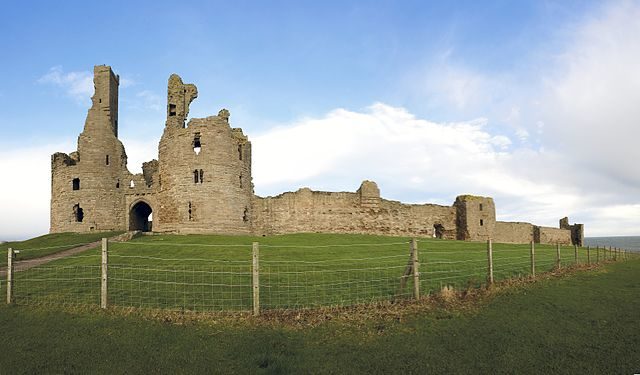
The view of the dramatic ruins of the castle in the distance draws visitors closer to it. The castle can be reached only by foot along the picturesque coastal path.
One footpath starts from the fishing village of Craster and another from the village of Embelton. It is positioned quite remotely, because it was constructed to be a hiding place for Thomas, 2nd Earl of Lancaster, a cousin of King Edward II.
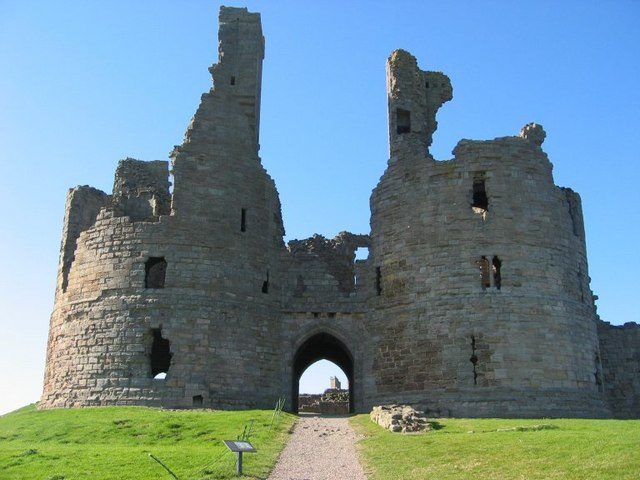
The lovely coastline, the good walking and the interesting history guarantee great enjoyment. The ruins look dramatic in every season of the year. The entry fee allows visitors to explore the interior, including the great gatehouse and the remarkable Lilburn Tower.
With a little imagination, it’s easy to make a picture about what life was like here centuries ago. It is possible to climb on the top of one of the ruined towers to observe the surrounding area; from up here, it is possible to see Bamburgh Castle to the north. The site is owned by the National Trust and managed and maintained by English Heritage.
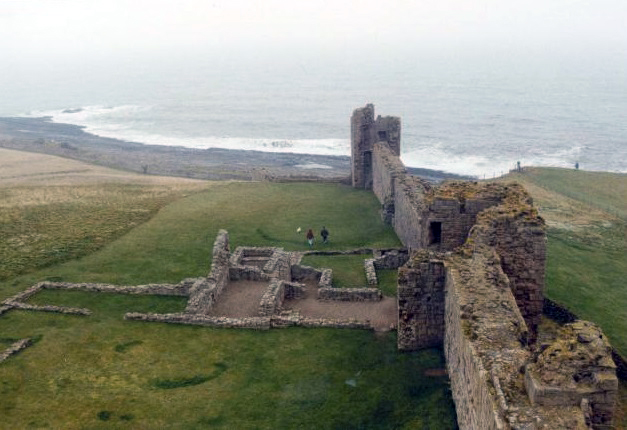
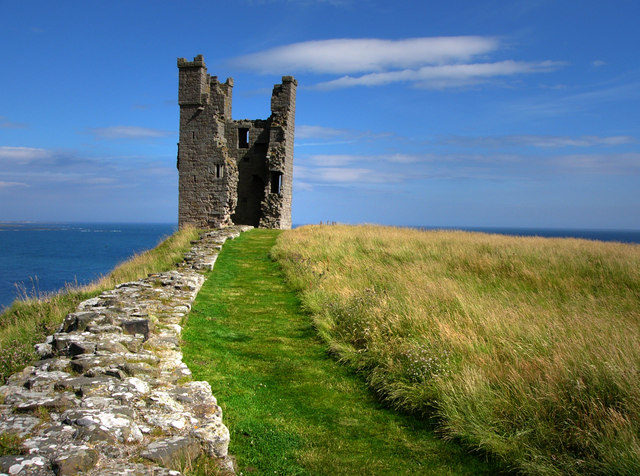
The natural protection afforded by the location was recognized since ancient times. Archaeological discoveries have revealed traces of an Iron Age fort from the third century BC on the same land where the remains of the medieval castle now stand. Pottery artifacts found during the excavations suggest that the site was still in use after the Roman Conquest.
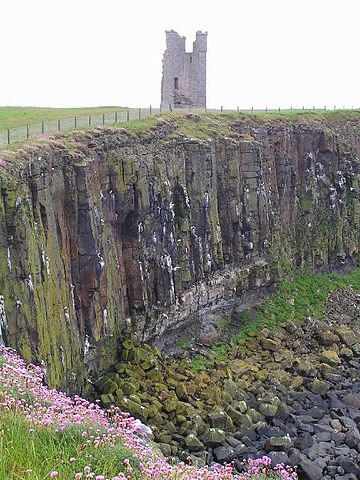
The magnificent appearance of Dunstanburgh Castle, when it was in one piece, could compete with any great castle of its era. It was erected in the period when the relations between King Edward II and his most powerful baron, Thomas of Lancaster, had become hostile.
Construction work was started in 1313 and the archaeological discoveries done recently show that it was constructed in much more grandiose proportions than was previously thought.
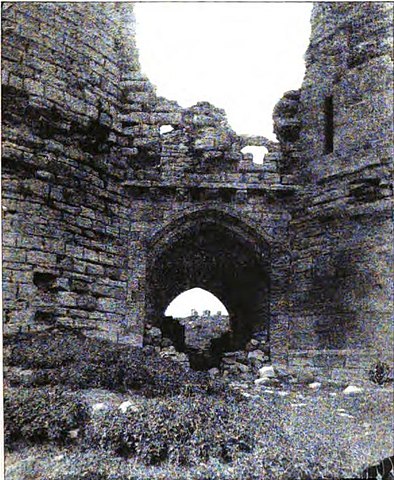
Many historians believe that Thomas of Lancaster decided to built the fortress on such a monumental scale primarily as a symbol of his resistance to the king.
It is close to the Scottish border, but the remote choice of location suggests that the original idea for its construction was not to be a mighty military stronghold built to protect the border, but to be a shelter for the Earl due to his political struggles with the King.
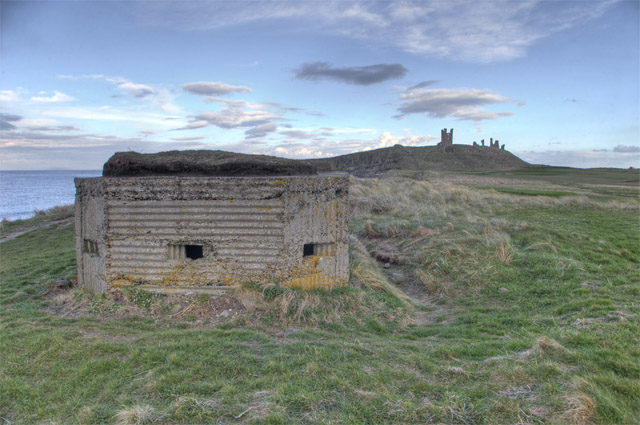
The rebellion against the King was defeat in 1322 and Thomas of Lancaster failed to escape to his fortified refuge as he had planned. He was arrested and immediately executed. Hence the castle was granted to John of Gaunt who made some adaptations in order to reinforce it against the Scottish.
During this reconstruction the great twin towered gatehouse was converted into a keep. He also ordered construction of a second gatehouse. With these modifications the castle was developed into his own fortress. Without doubt it was one of the largest castles in the north of England.
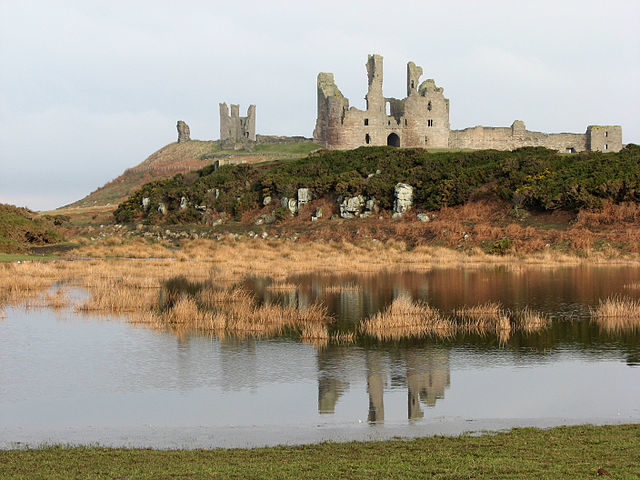
In the 15th century the castle became the scene of a few ferocious battles during the Wars of the Roses. It was twice beleaguered and taken over by Yorkist forces. After these turbulent events the castle was abandoned and left to crumble. The site became important again in World War II.
The northeast coast of England was seen as vulnerable to invasion after the Nazis defeated Norway in April 1940. In order to protect Embelton Bay, a number of pill-boxes were erected to serve as a machine guns posts. Several can be seen in the area close to the castle.
